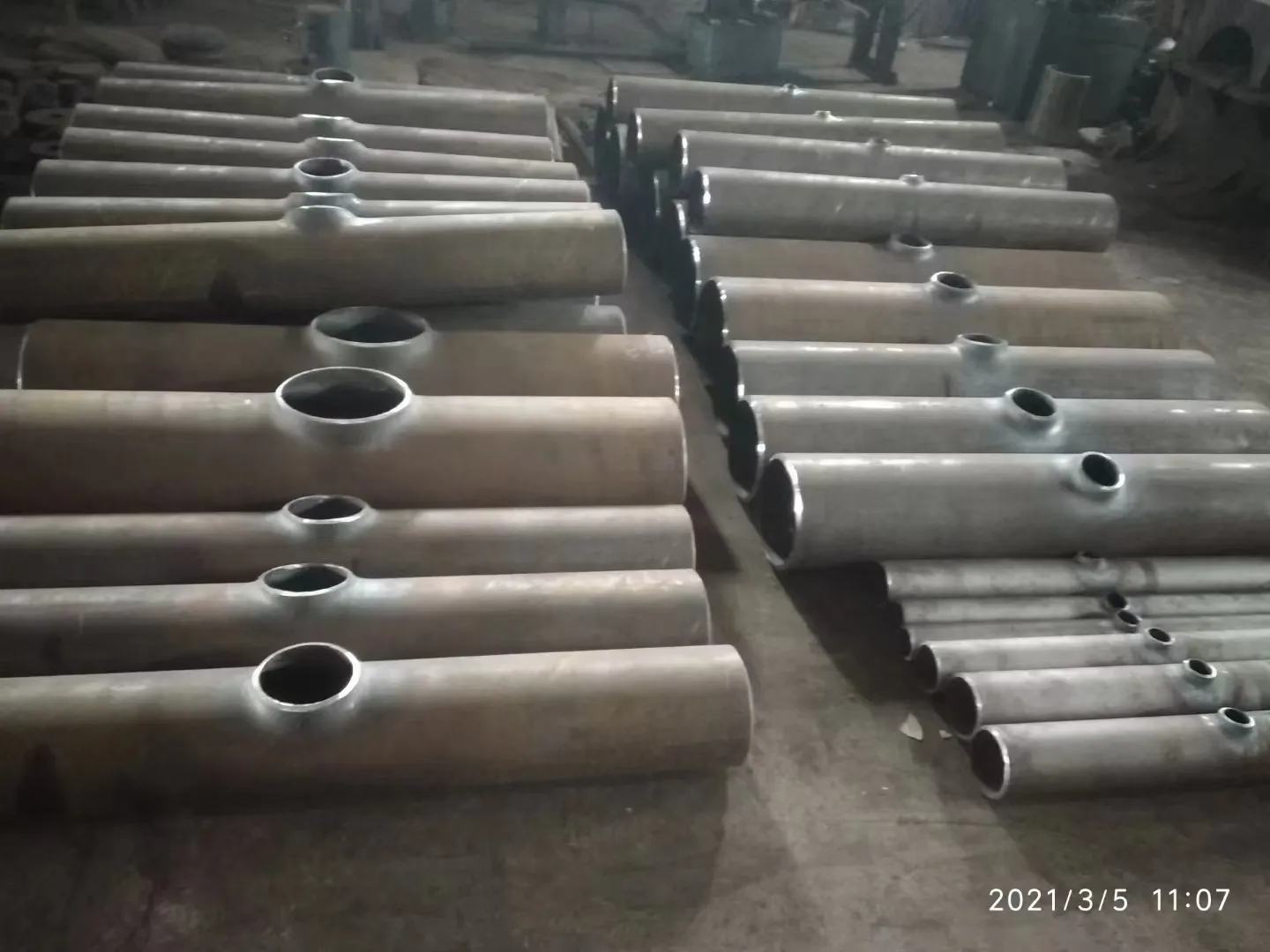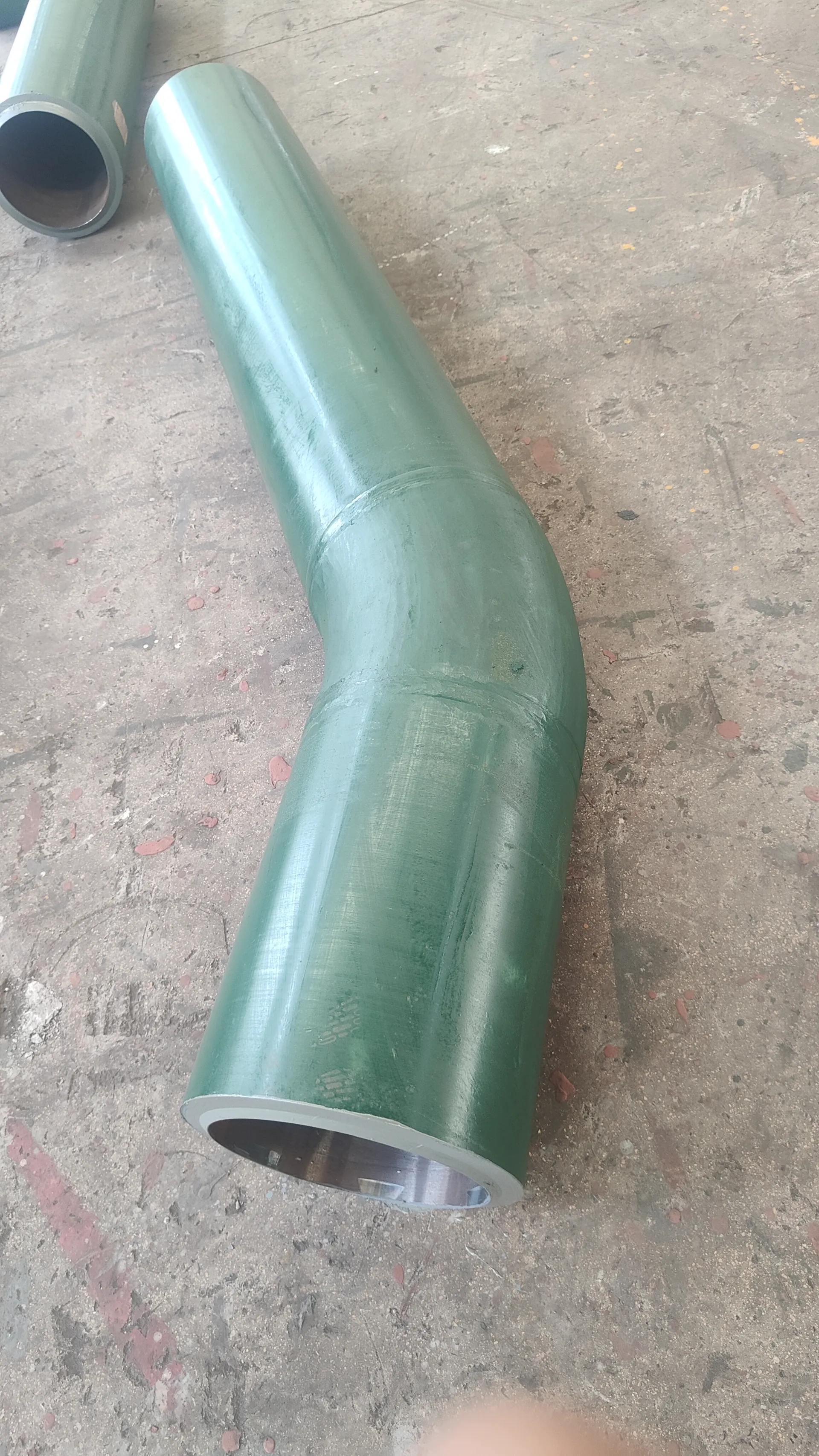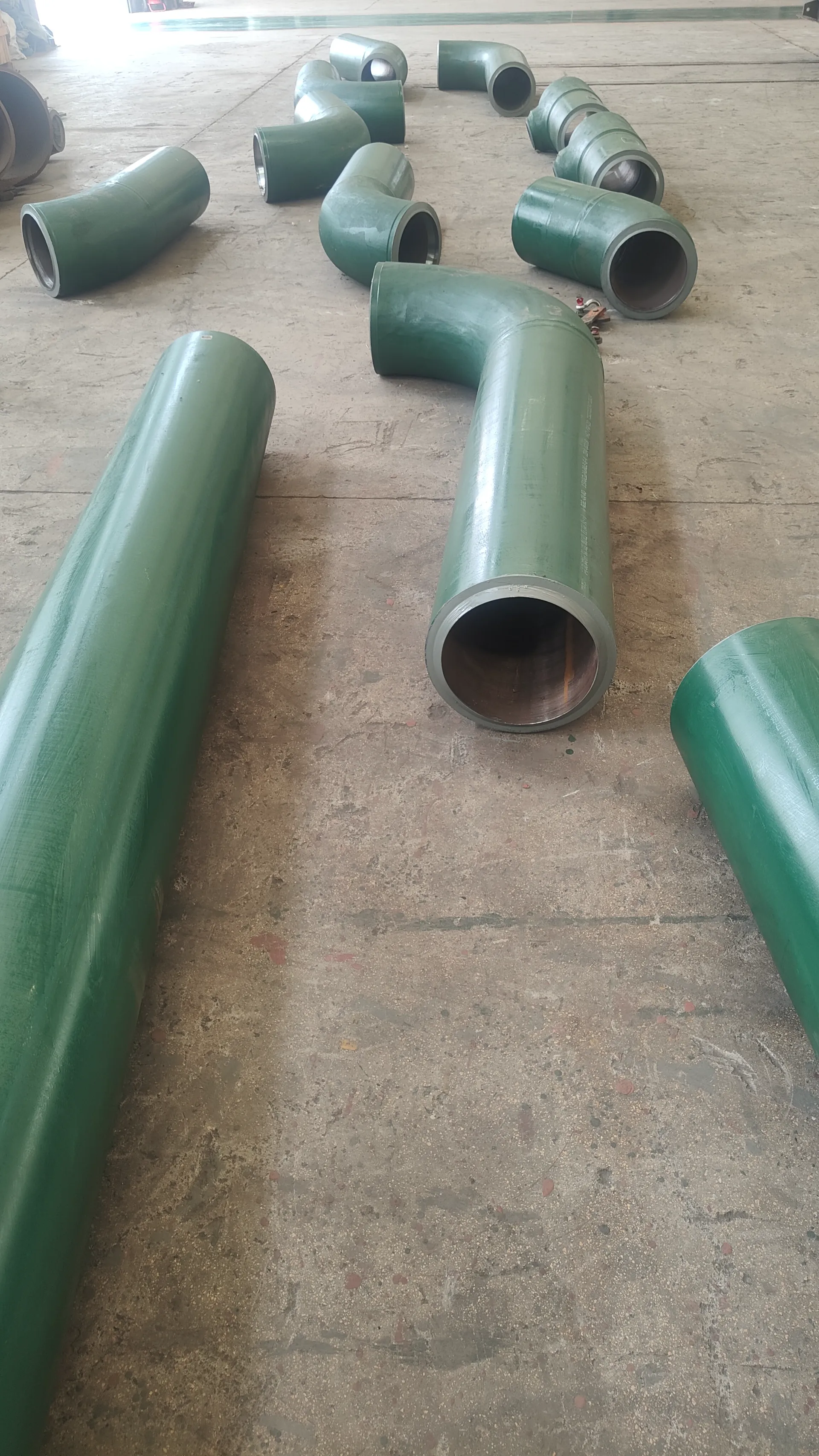The following is a detailed introduction:
Types
- Precast Carbon Steel Piping: Carbon steel is widely used in precast metal piping due to its good mechanical properties and relatively low cost. It is often used in general industrial piping systems, such as those for transporting water, steam, and certain gases. Pipes made of carbon steel can be further divided into different grades according to their carbon content and alloying elements, each with its own specific mechanical properties and application scenarios.
- Precast Stainless Steel Piping: Stainless steel precast piping is highly resistant to corrosion and oxidation, making it suitable for applications where high hygiene and corrosion resistance are required. It is commonly used in the food and beverage industry, pharmaceutical industry, and in some corrosive chemical environments. The unique properties of stainless steel also ensure a long service life and low maintenance requirements.
- Precast Alloy Steel Piping: Alloy steel precast pipes contain various alloying elements such as chromium, molybdenum, and vanadium, which enhance their strength, hardness, and heat resistance. These pipes are often used in high-temperature and high-pressure applications, such as in power plants, oil refineries, and petrochemical plants.
Manufacturing Process
- Material Selection: High-quality metal materials are selected according to the specific requirements of the project, considering factors such as the medium to be transported, working pressure, and temperature. The materials must meet relevant industry standards and specifications to ensure the performance and quality of the precast metal piping.
- Cutting and Forming: The selected metal materials are cut into the required lengths and then formed into pipe shapes through processes such as rolling, welding, or forging. Advanced CNC cutting and forming equipment is often used to ensure high precision and consistency in the manufacturing process.
- Welding and Assembly: The formed pipe sections are welded together using appropriate welding techniques and equipment. Skilled welders are required to ensure the quality of the welds, which must be strong and leak-proof. After welding, the pipes may undergo further assembly operations, such as adding flanges, fittings, or insulation layers.
- Surface Treatment: To enhance the corrosion resistance and durability of the precast metal piping, surface treatment processes such as painting, galvanizing, or coating may be applied. These treatments can protect the metal surface from environmental factors and extend the service life of the pipes.
- Quality Inspection: Strict quality inspection is carried out throughout the manufacturing process. This includes visual inspections, dimensional checks, non-destructive testing (such as ultrasonic testing and radiographic testing) to detect internal defects, and pressure testing to ensure the integrity and leakage resistance of the pipes.
Advantages
- High Quality and Reliability: The manufacturing process of precast metal piping is carried out in a controlled factory environment, which allows for strict quality control and the use of advanced production equipment and technologies. This results in pipes with consistent quality, accurate dimensions, and reliable performance, reducing the risk of leaks and failures during operation.
- Improved Construction Efficiency: Precast metal piping can be quickly installed on-site, significantly reducing construction time and labor costs. The prefabricated components can be easily transported to the construction site and assembled, minimizing disruptions and delays caused by on-site fabrication.
- Cost-Effectiveness: Although the initial investment in precast metal piping may be relatively high, the overall cost is often lower when considering the reduced construction time, lower maintenance requirements, and longer service life. The standardized production process also helps to control costs and improve production efficiency.
- Versatility: Precast metal piping can be customized to meet a wide range of project requirements, including different diameters, lengths, and pressure ratings. It can be used in various industries and applications, from small-scale industrial projects to large infrastructure developments.
Disadvantages
- Limited Flexibility on Site: Once the precast metal piping is manufactured and delivered to the site, it may be difficult to make significant modifications or adjustments. If there are changes in the construction plan or unexpected site conditions, it may be challenging to adapt the precast pipes, potentially leading to additional costs and delays.
- Transportation and Handling Challenges: Precast metal pipes are often large and heavy, requiring specialized transportation and lifting equipment. The cost of transporting and handling these pipes can be significant, and there is a risk of damage during transportation if proper precautions are not taken.
- Design Constraints: The design of precast metal piping needs to be carefully planned in advance to ensure that all components fit together correctly and meet the project requirements. Any errors or omissions in the design stage can lead to problems during installation and operation.
If you are interested in our products, you can choose to leave your information here, and we will be in touch with you shortly.
Write your message here and send it to us

















